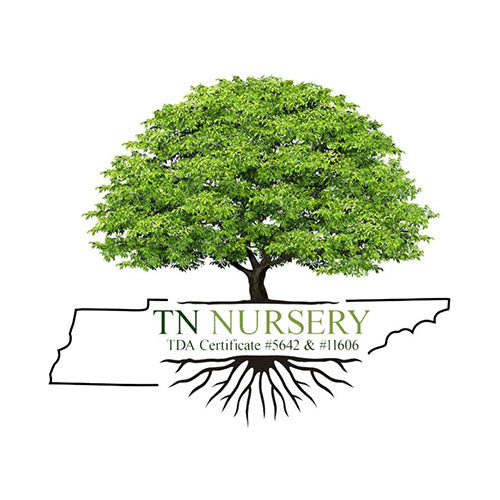Perennials are a great addition to any garden, providing long-lasting beauty year after year
One of the critical benefits of perennials is they attract bees, butterflies, and hummingbirds. These pollinators play a crucial role in the reproduction of plants, making them an essential part of a healthy ecosystem. This article will explore some of the best perennials for attracting pollinators to your garden.
Coneflowers (Echinacea):
Coneflowers are beautiful and attract many pollinators, including bees and butterflies. Their vibrant colors and cone-shaped centers make them irresistible to pollinators.
Bee Balm (Monarda):
Bee Balm is a magnet for bees and hummingbirds. Its vibrant flowers and aromatic foliage make it an excellent choice for attracting pollinators. There are several varieties available, including red, pink, and purple.
Black-eyed Susan (Rudbeckia):
Black-eyed Susan is a native wildflower lovely to bees, butterflies, and pollinators. Its golden yellow petals with a dark center provide a striking contrast in the garden.
Butterfly Weed (Asclepias tuberosa):
As the name suggests, Butterfly Weed is a favorite of butterflies, particularly monarchs. Its bright orange flowers provide nectar for adult butterflies. Salvia (Salvia spp.): Salvia is a diverse genus of plants with many species and cultivars, all of which are excellent for attracting pollinators. Bees and hummingbirds are particularly fond of blue, purple, pink, and red.
Phlox (Phlox paniculata): Phlox is a fragrant perennial that produces clusters of colorful flowers. Its sweet scent and vibrant blooms make it a favorite of bees and butterflies.
Lavender (Lavandula):
Lavender is loved not only by humans for its calming fragrance but also by bees and butterflies. Its delicate purple flowers and abundant nectar make it a fantastic addition to any pollinator garden.
Penstemon (Penstemon spp.):
Penstemon, also known as beardtongue, offers tubular flowers that are highly attractive to hummingbirds. They come in various colors, including pink, purple, blue, and red.
Aster (Symphyotrichum spp.):
Asters bloom in late summer and fall, providing a valuable source of nectar for pollinators during the late season. Bees and butterflies are particularly drawn to their daisy-like flowers.
Goldenrod (Solidago):
Goldenrod is often wrongly blamed for causing allergies when, in fact, it is ragweed that is the culprit. Goldenrod's bright yellow plumes attract bees, butterflies, and other insects with their abundant nectar. When planning your pollinator garden, consider planting throughout the growing season. It will ensure a continuous supply of nectar for pollinators from early spring to late fall.
Additionally, include a mixture of flower shapes and colors to attract a diverse range of pollinators
Remember to provide suitable pollinator habitats by including other elements in your garden, such as water sources, sheltered areas, and native plants.
Avoid pesticides that can harm pollinators
Embrace organic gardening practices to create a healthy and welcoming environment for these beneficial creatures. By incorporating these perennial plants into your garden, you can create a vibrant and buzzing haven for pollinators, enhancing the beauty of your space while supporting these essential creatures in their vital roles as pollinators. -- Tn Nursery https://www.tnnursery.net
#perennialpollinators #plants #perennials #TNNursery
